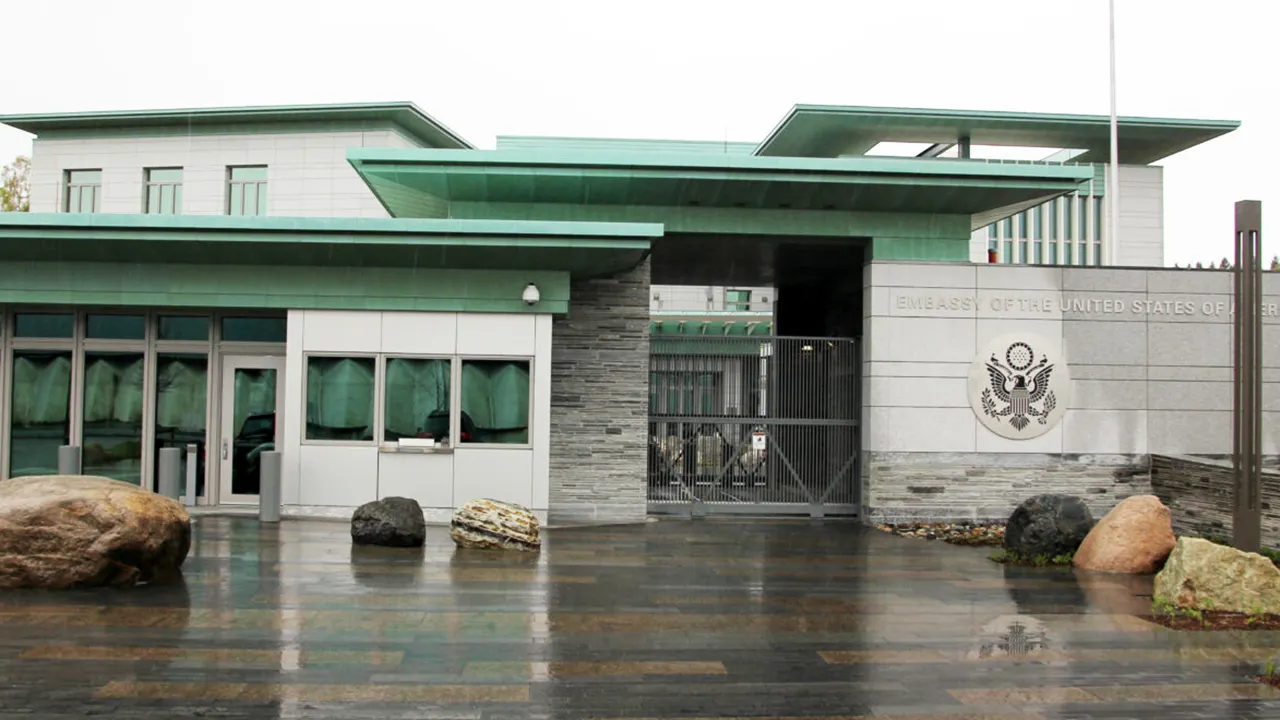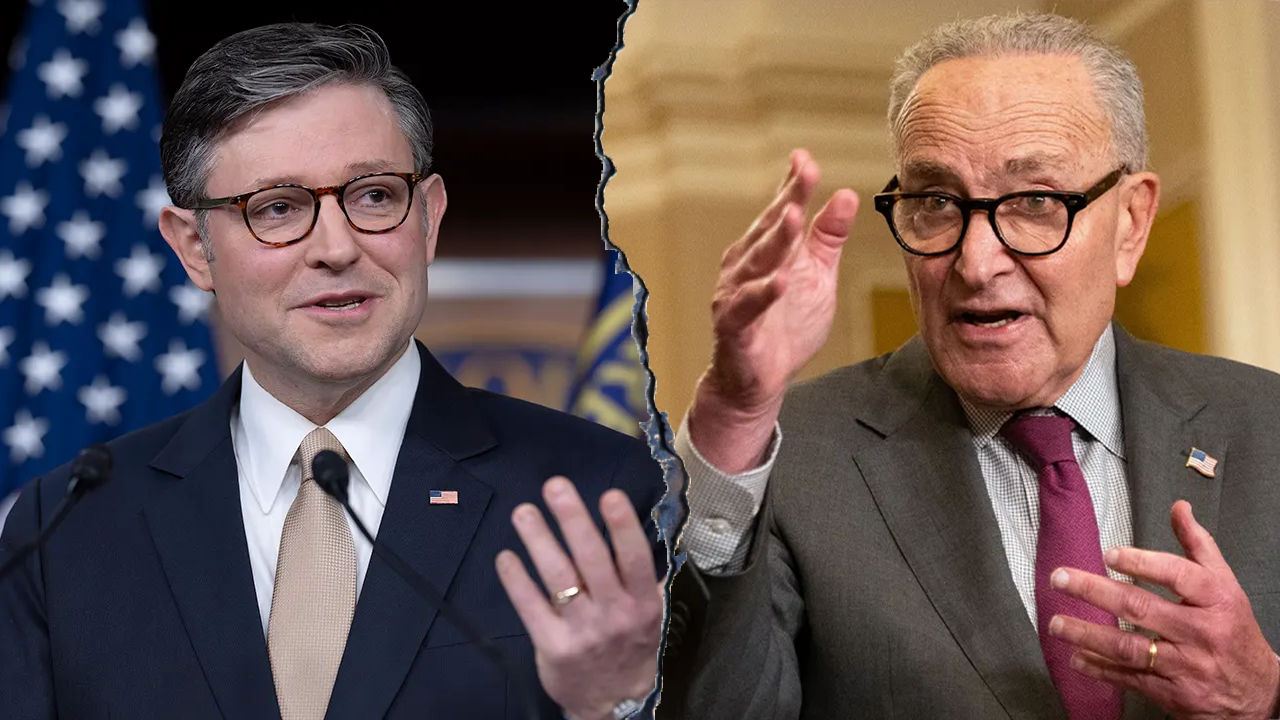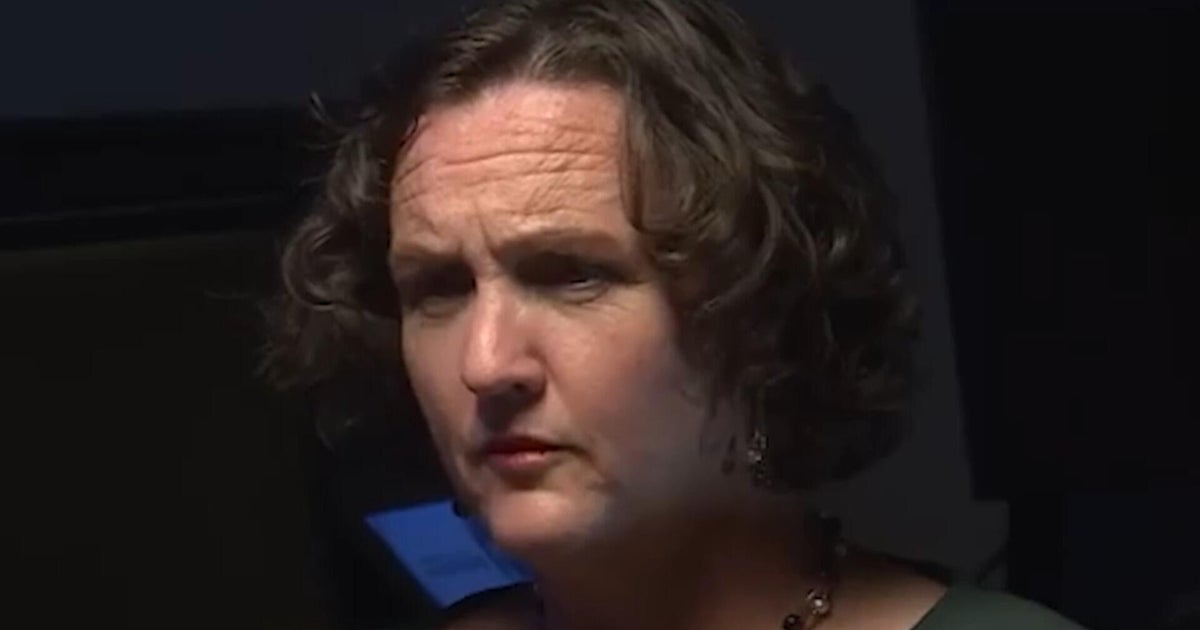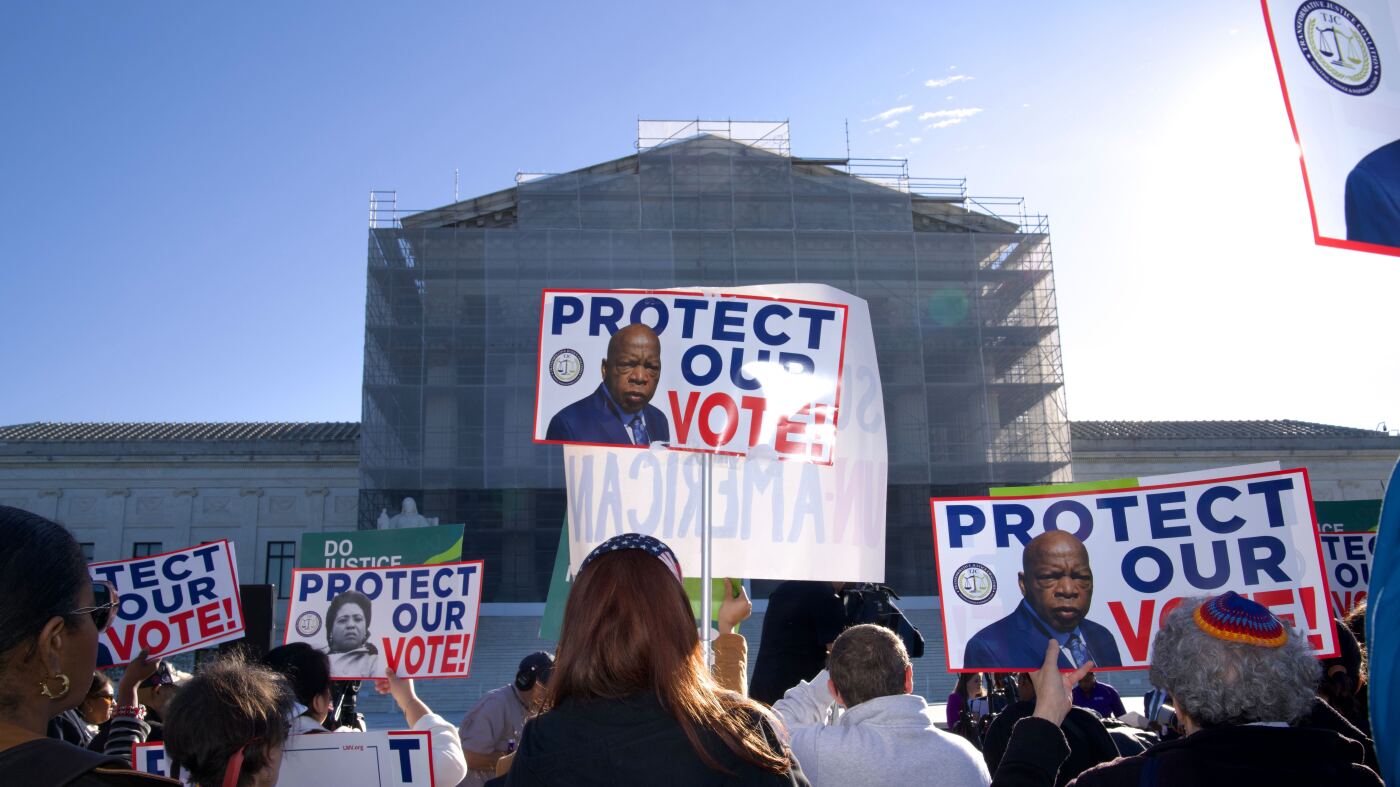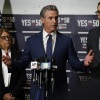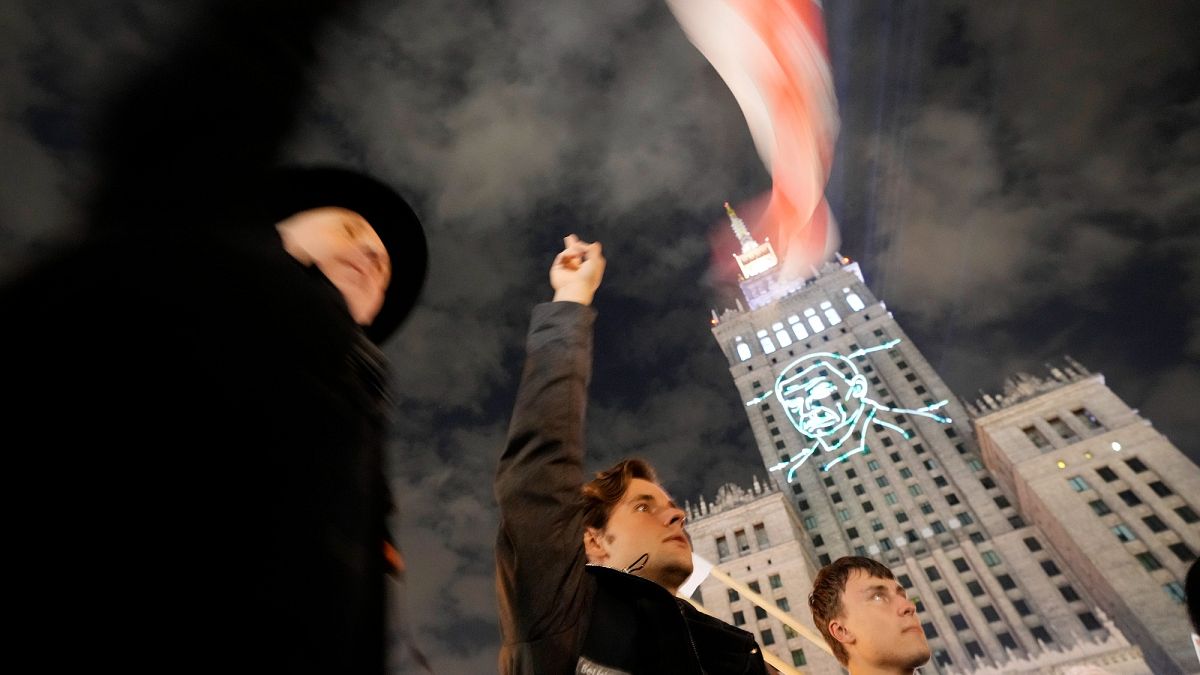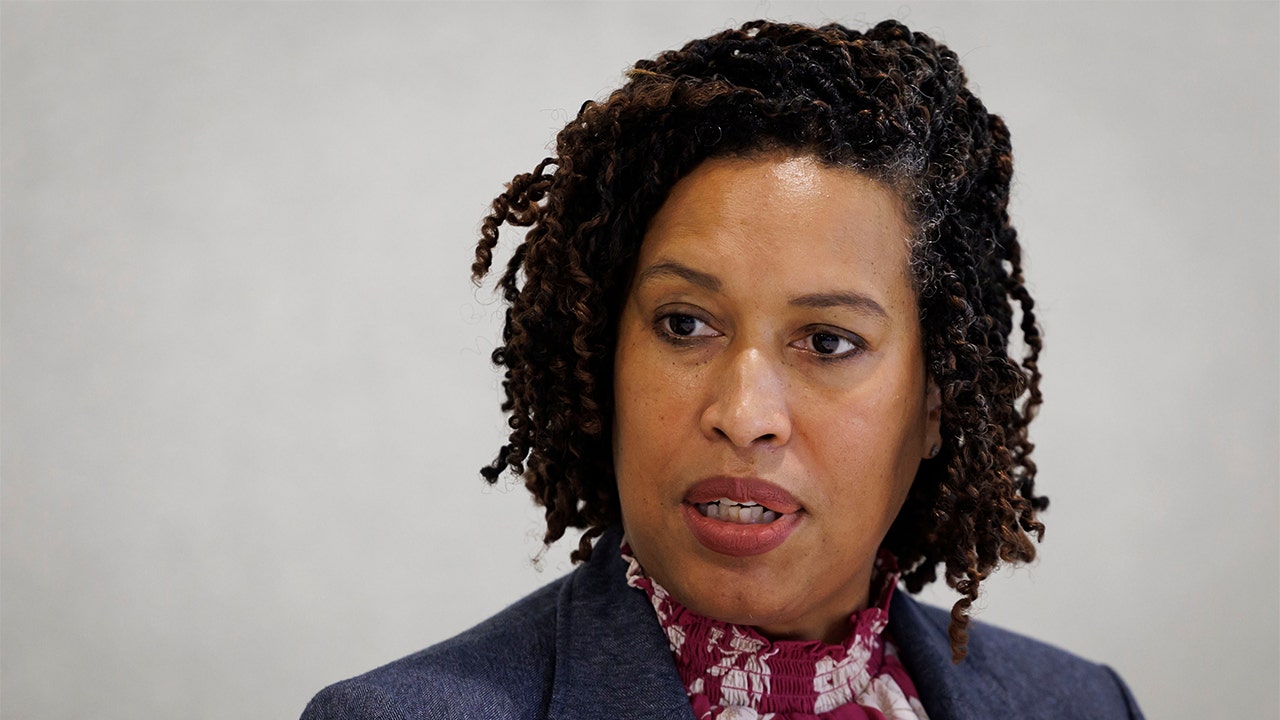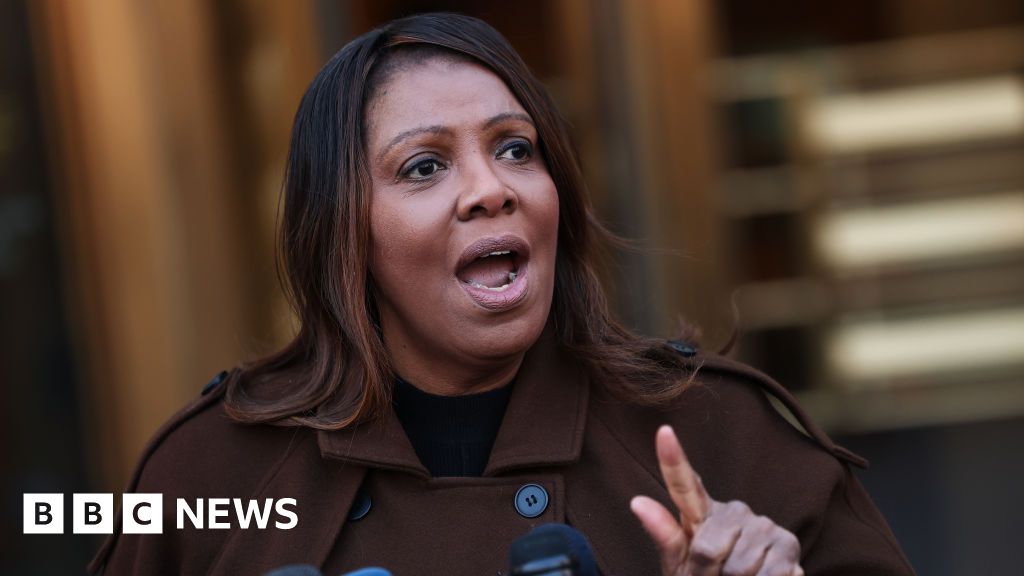Demonstrators holding signs in support of minority voting rights gather outside the U.S. Supreme Court in Washington, D.C., on Wednesday.
Claire Harbage/NPR
hide caption
toggle caption
Claire Harbage/NPR
A major redistricting case returning to the U.S. Supreme Court on Wednesday could not only determine the fate of the federal Voting Rights Act, but also unlock a path for Republicans to pick up a slew of additional congressional seats.
If the high court overturns the act’s Section 2 — a provision that bans racial discrimination in voting — GOP-controlled states could redraw at least 19 more voting districts for the House of Representatives in favor of Republicans, according to a recent report by the voting rights advocacy groups Black Voters Matter Fund and Fair Fight Action.
And depending on when the court rules in the case, known as Louisiana v. Callais, some number of the seats could be redistricted prior to next year’s midterm election.
The analysis comes as President Trump continues to lead a GOP push for new maps in Texas, Missouri, North Carolina and other states that could help Republicans preserve their slim House majority after the 2026 election.
The GOP effort could be bolstered by a Supreme Court ruling that eliminates longstanding Section 2 protections against the dilution of the collective power of racial minority voters.
Many of the landmark law’s supporters fear such an outcome after the conservative-majority court didn’t rule last term on the Louisiana case, and instead scheduled a rare second round of oral arguments, which is expected to focus on the constitutionality of Section 2’s redistricting requirements.
A ruling gutting Section 2 could have a cascading effect on congressional maps in mostly Southern states where Republicans either control both legislative chambers and the governor’s office or have a veto-proof majority in the legislature — and where voting is racially polarized, with Black voters tending to vote Democratic and white voters tending to vote Republican.
If mapmakers in those states are no longer required under Section 2 to draw districts where racial minority voters have a realistic opportunity of electing their preferred candidate, Louisiana, Florida, Georgia, Missouri, North Carolina and Texas could end up with fewer Democratic representatives in Congress. Alabama, Mississippi, South Carolina and Tennessee could lose all of theirs, the report finds.
As much as 30% of the Congressional Black Caucus and 11% of the Congressional Hispanic Caucus could also be lost.
It all leads to a possibility of Republicans cementing one-party control of the House for at least a generation, says Cliff Albright, co-founder and executive director of Black Voters Matter Fund.
Demonstrators hold signs and wear shirts for Black Voters Matter Fund outside the Supreme Court on Wednesday.
Claire Harbage/NPR
hide caption
toggle caption
Claire Harbage/NPR
“Part of the point that we’re trying to make with this report is that what happens in the South doesn’t just stay in the South,” Albright adds. “This racial gerrymandering has the ability to not just disempower, disenfranchise Black voters and to eliminate Black elected officials and Latino elected officials. What happens in these states impacts the entire country.”
How the Supreme Court overturning Section 2 could lead to a redistricting “free-for-all”
In the Louisiana case, a lower court ordered the state’s Republican-controlled legislature to draw a new congressional map after a group of Black voters sued under Section 2.
Section 2 “ensures all communities of color can still participate equally in the voting process and elect candidates who reflect their interests,” says Alanah Odoms, executive director of the American Civil Liberties Union of Louisiana, whose attorneys are helping to represent those Black voters. “And if communities of color are not able to do that, we stand to lose what I think most of us believe is so fundamental to our democracy, which is equal participation, equal opportunity.”
The court-ordered map, which was in effect for the 2024 election, led to Democrats picking up a second seat in Louisiana.
A group of self-described “non-African American” voters, led by Phillip Callais, has argued, however, that the race-based redistricting the court ordered to get in line with Section 2 is unconstitutional. Just as the Supreme Court ruled against race-based affirmative action at colleges and universities in 2023, they argue, the court should put an end to race-based political mapmaking under Section 2.
In seeking a rehearing in the Louisiana case, the Supreme Court asked all sides in the case to consider whether the state’s “intentional creation of a second majority-minority congressional district violates the Fourteenth or Fifteenth Amendments to the U.S. Constitution.”
In one of their latest briefs to the high court, Republican state officials in Louisiana now argue against using race “in any form” when redistricting.
And in a major shift from past administrations, the Justice Department under Trump agrees that Section 2’s protections against racial discrimination are no longer constitutional.
Two years ago, the Supreme Court rejected a similar argument by Alabama Republicans.
“The court could reaffirm the Voting Rights Act as it did in 2023 in Allen v. Milligan,” says Atiba Ellis, a professor and an associate dean at Case Western Reserve University’s law school. “But many observers — and I am one of them — have been concerned about the court becoming more and more cynical about race-conscious remedies to address longstanding civil rights wrongs. And this decision has the potential to be the tipping point where the court declares unconstitutional or heavily restricts the ability for Congress to create remedies that promote multiracial democracy.”
That kind of decision coming amid the ongoing mid-decade congressional redistricting war between Republicans and Democrats, Ellis adds, could set the stage for a true “free-for-all” — pointing also to the court’s 2019 ruling that partisan gerrymandering is not reviewable by federal courts.
“It is one thing for politicians on both sides of the aisle to use the power that they have to engage in unprecedented power grabs. But the most important check on those grabs has been the prevention of racial discrimination,” Ellis says about Section 2. “Absent the federal law that would prevent that discrimination, I think the consequences could be tremendous and could be felt for decades.”
The window of time to pass new congressional maps before the midterms is closing as state deadlines draw nearer. Louisiana’s top election official, Secretary of State Nancy Landry, has asked the Supreme Court to rule in this case by early January 2026 to avoid disrupting the state’s current schedule.
But the timing remains unclear for the Supreme Court, which usually releases decisions for major cases toward the end of its term in June.
The court has confirmed that it plans to discuss early next month if it will take up a North Dakota case about whether private individuals and groups — whose lawsuits have been the main way of enforcing Section 2 — can continue to sue. Republican state officials in Mississippi have also raised that issue in another redistricting case on direct appeal to the high court.
Edited by Benjamin Swasey






